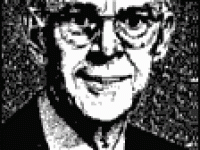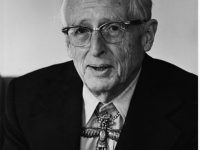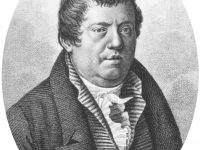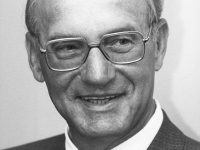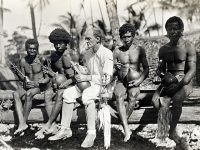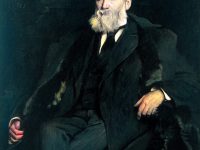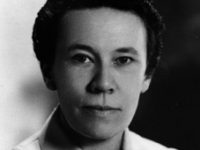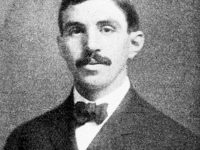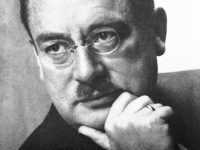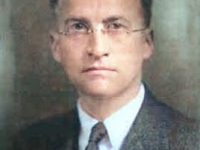Harold Stephen Black and the Negative-Feedback Principle
On April 14, 1898, American electrical engineer Harold Stephen Black was born. Black discovered and developed the negative-feedback principle, in which amplification output is fed back into the input, thus producing nearly distortionless and steady amplification. His invention is considered the most important breakthrough of the twentieth century in the field of electronics, since it has a wide area of application. “The answer scrawled on a blank page in a daily newspaper, was…
Read more











